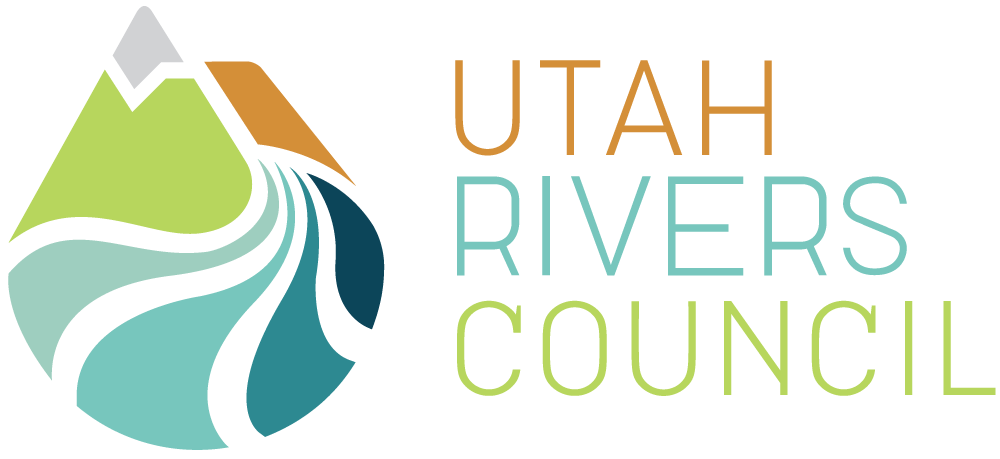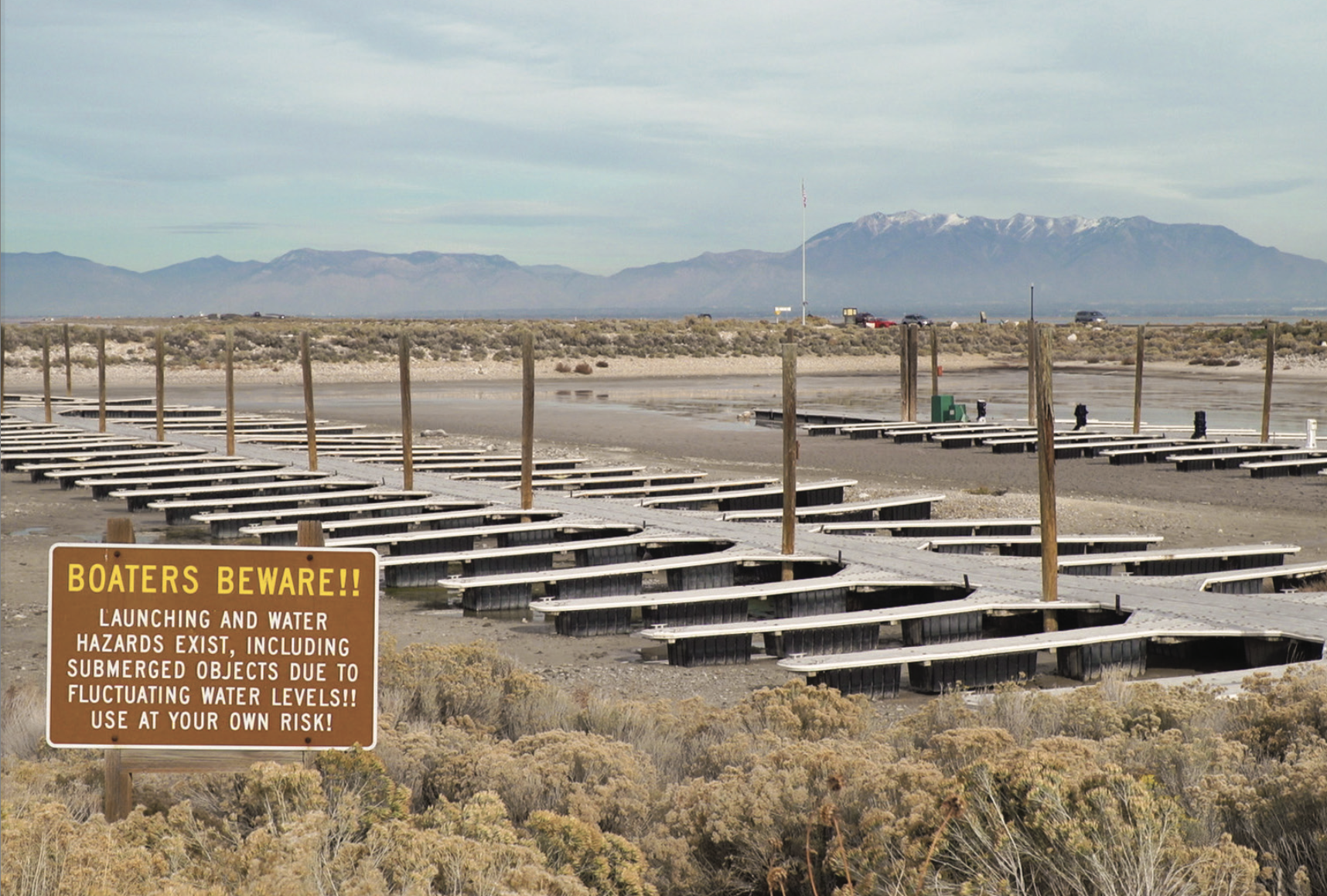Drying Up the Great Salt Lake Aquifer for Dust Mitigation is a Disastrous Idea
Over the last few weeks, some Utahns have fallen prey to the idea that constructing a costly system of groundwater wells is the magic bullet solution to the toxic dust crisis caused by Utah’s leadership failure and rampant upstream diversions at the Great Salt Lake. In truth, exploiting the aquifer under the Great Salt Lake to mitigate lakebed dust will prove disastrous for the lake, Utah’s water future, and every Utah taxpayer.
Dust mitigation “solutions” like this cost billions of tax dollars without solving the underlying issues of excessive upstream diversions and water waste. By implementing this mitigation measure to avoid the consequences of its policy failures, the state of Utah would relegate taxpayers to paying for mitigation in perpetuity. This will be especially true if mitigation isn’t paired with more affordable conservation measures like reducing upstream diversions, implementing free market water solutions to reduce waste, and purchasing irrigation canals which can then be allowed to flow into the lake.
These and other conservation measures could avoid the dust crisis for a fraction of the cost of aquifer mining, but Utah has yet to execute these inexpensive alternatives. This is because expensive mitigation proposals are lucrative to an entire sector of contractors, so the lobbyists behind them are often given the floor while less costly and more sustainable solutions go ignored.
The dry northern marina at the Great Salt Lake. As the lake recedes due to excessive diversion of its tributary rivers, it leaves hundreds and
potentially thousands of acres of highly toxic lakebed dust which can easily become airborne and impair the health of people downwind.
Another issue is that the Great Salt Lake aquifer has taken millennia to fill up, making it a relatively finite resource that refills slowly, so it’s easy to tap out. Withdrawing more water from an aquifer than is annually recharged is referred to as “mining,” and it comes with serious side effects. Mined aquifers have resulted in destructive subduction and falling water tables that can leave nearby wells dry. Mining an aquifer can also lead to reduced surface water because runoff that would normally fill a river or lake may instead flow into the empty aquifer, leaving aboveground water resources less abundant.
Finally, scientists found that the aquifer beneath the Great Salt Lake feeds water into the lake itself. So if we plumb this groundwater to cover dust hotspots and inevitably lose that water to evaporation, we’ll only drain the lake further. This could become a ruinous cycle of diminishing returns where we use the aquifer for mitigation which then creates more portions of dry lakebed which we’ll then have to mitigate.
Exploiting this aquifer won’t save us from the toxic dust problems that Utah’s water mismanagement has created. It will only delay an inevitable reckoning, prolong wasteful water consumption, and destroy an irreplaceable part of the lake’s ecosystem while Utah taxpayers pay billions of dollars for this tragic farce.
The only responsible way to solve the toxic dust crisis is to raise the Great Salt Lake back to a sustainable water level and keep it there. Fortunately, we know that this goal is attainable. Utah just needs to find the courage to stand up to special interests, earnestly pursue water conservation initiatives, and stop putting billion-dollar Band-Aids over the harm done by its dereliction of duty.

